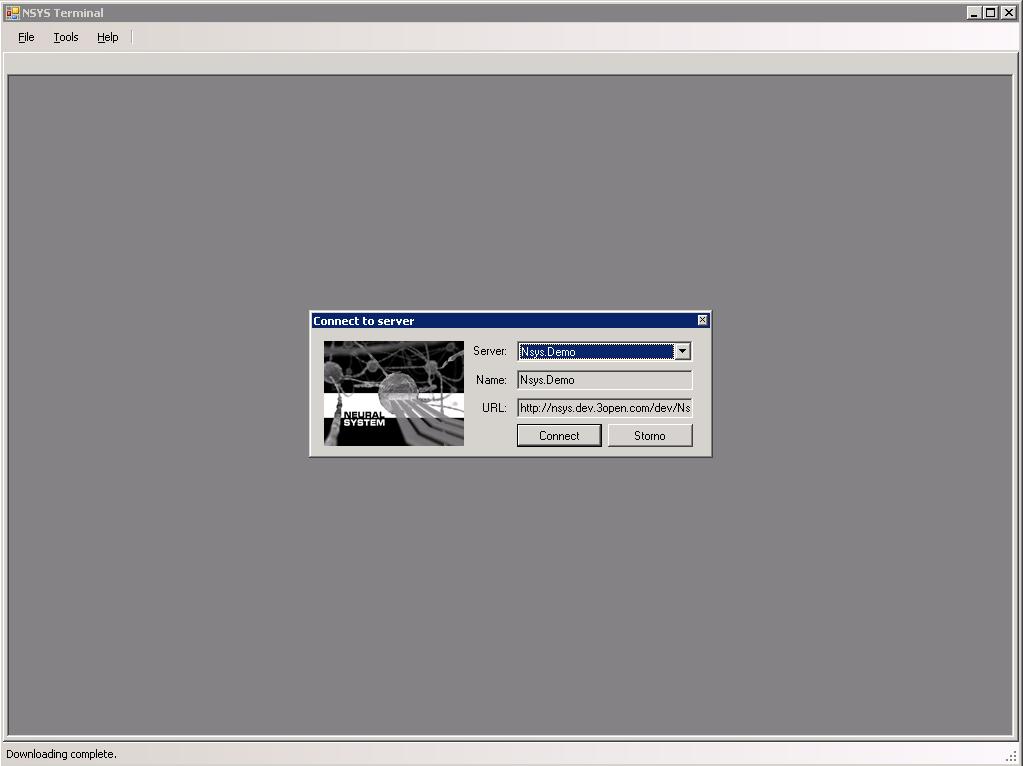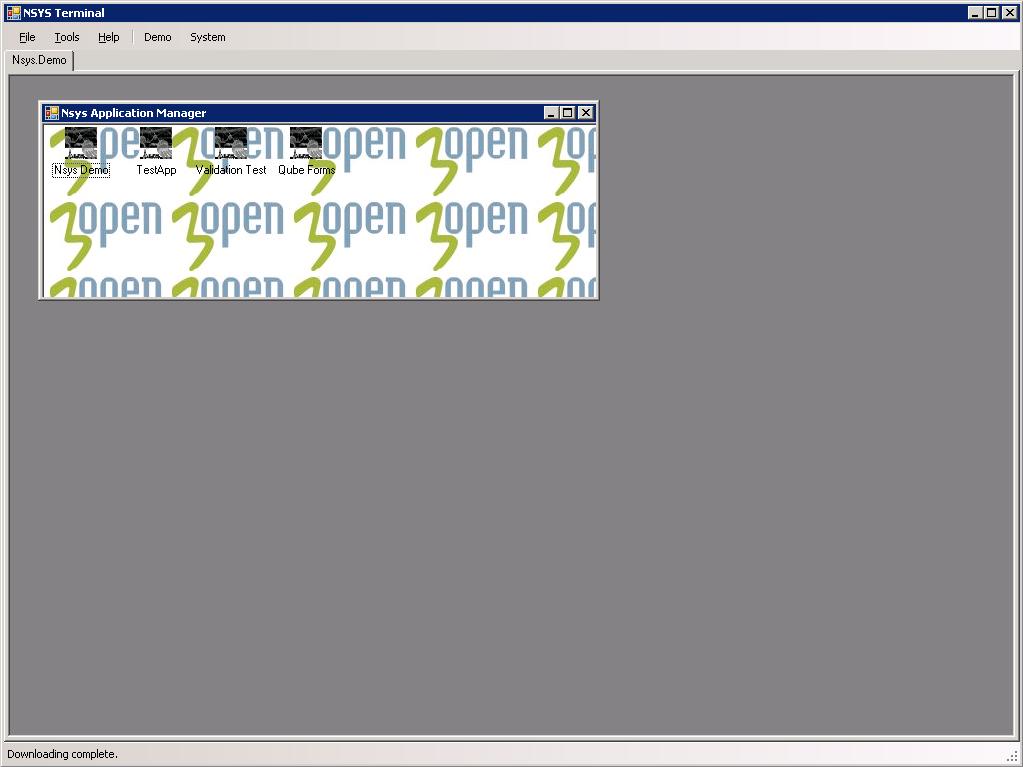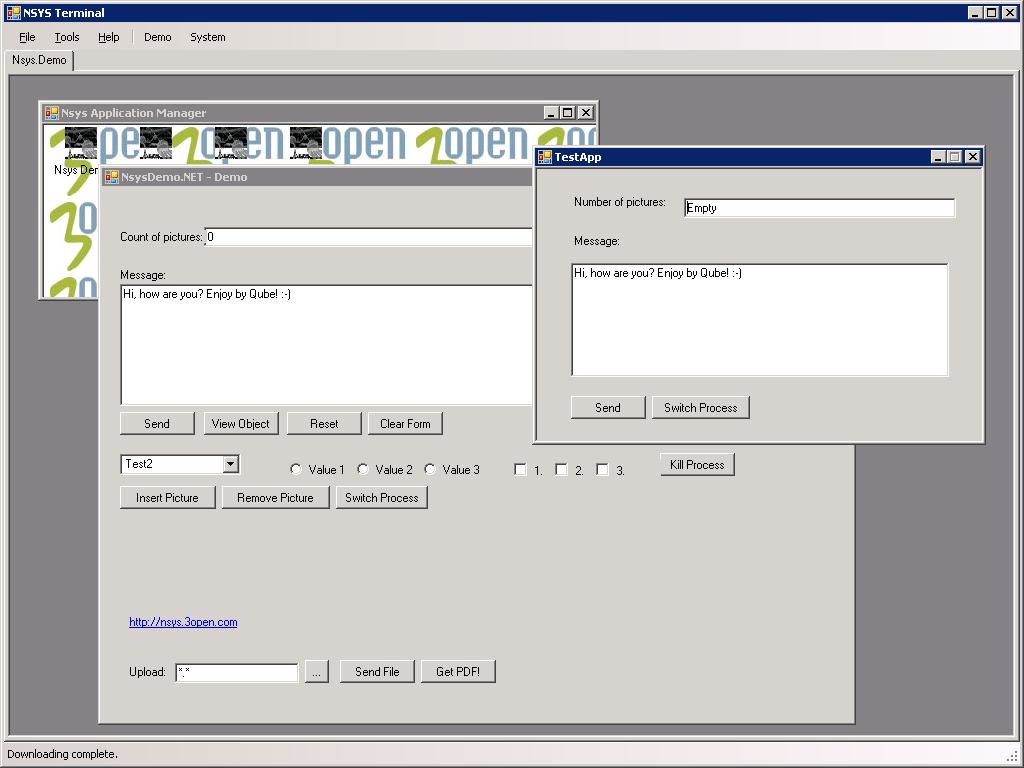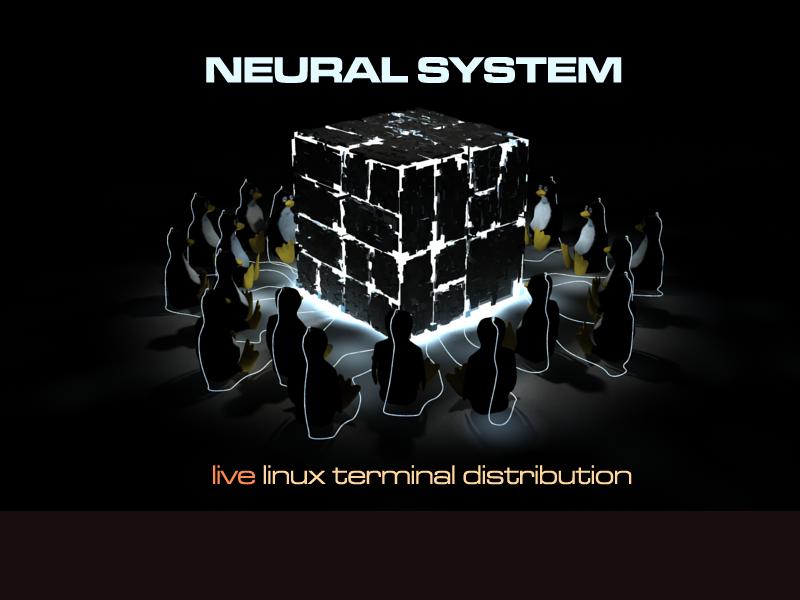Nsys Framework
The Nsys Framework infrastructure has two main components daemon and portal. The first of them is a service running on a node such as a server or a workstation and its main functionality is to manage plugins which are extending the daemon functionality. The plugins can add capability to collect some data on a node or use the node to run jobs which are doing some particular tasks such as connect to another node, receive data and trough daemon send the data to another daemon. For instance the cloud warehouse uses the daemon as the data collector and for additional data processing as part of the integration layer.

Figure 1 - Nsys Daemon Architecture
The second one component is a web portal providing basic functionality such as user management, dashboards, and extending functionality by custom plugins. The cloud warehouse uses the dashboards to display collected data.

Figure 2 - Nsys Portal Architecture
The Nsys Terminal has been designed for visual interpretation of Nsys application on remote device such as mobile phone, smartphone or PC / Mac. The communication is based on client - server approach where XML is used for information exchange between server side (Nsys Framework) and client side (Nsys Terminal). This XML is based on Qube dialect that provides a visual view of various components such as button, text field, media players, etc. This components can be used in application design. Detail information about communication protocol between Nsys Terminal and Nsys Framework are available here.

Figure 3 - Selection of Nsys Server to connect

Figure 4 - Nsys Terminal for MS Windows platform

Figure 5 - Nsys application viewed in Nsys Terminal
Nsys Linux is specialized OS Linux distribution designed for providing of Nsys Platform with focus on application hosting and accessing applications through built-in Nsys Terminal.

Figure 6 - Nsys Linux